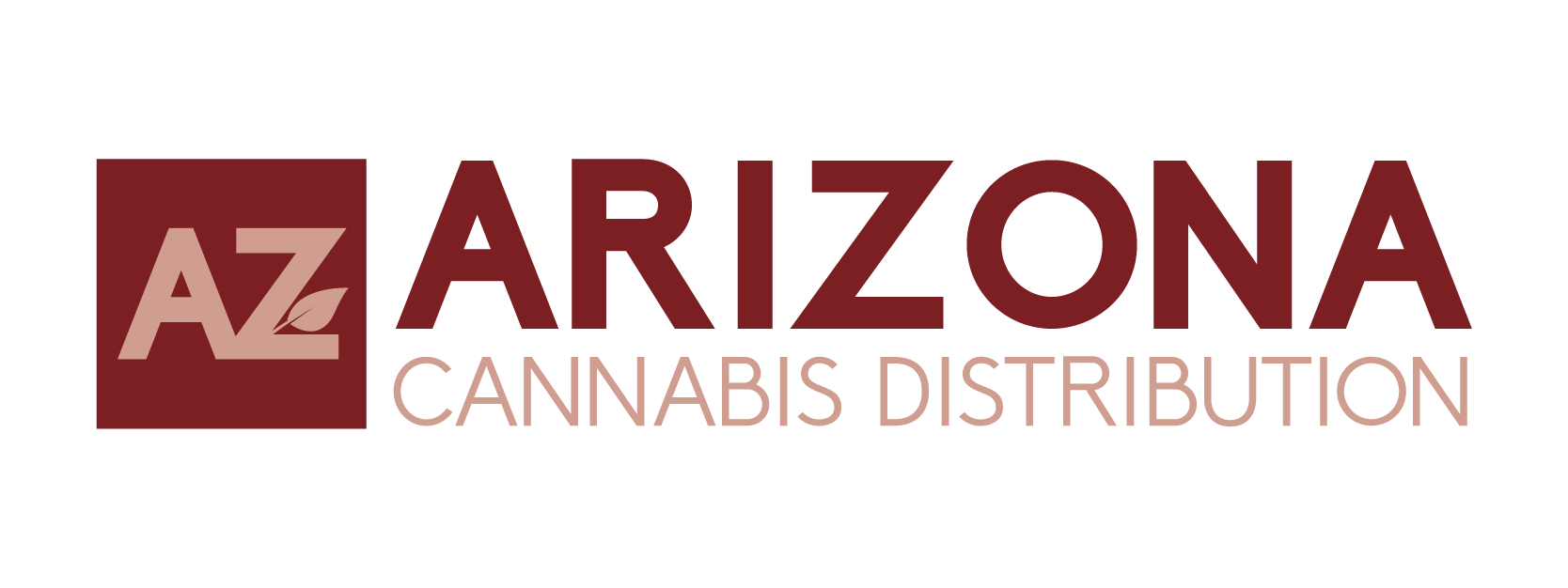In the cannabis supply chain, one of the most critical—and often misunderstood—components is last-mile distribution. Whether for retail dispensaries, delivery platforms, or wholesale operations, understanding what last-mile distribution means can help businesses optimize efficiency, ensure compliance, and improve the customer experience.
What Is Last-Mile Distribution?
Last-mile distribution refers to the final leg of a product’s journey—from a distribution hub, warehouse, or retail outlet to its end destination, typically a customer’s home or a dispensary shelf. In the cannabis industry, this could involve a delivery driver transporting pre-packaged products to a medical patient or a licensed distributor delivering inventory to retail storefronts across the state.
According to Deloitte’s cannabis supply chain analysis, last-mile operations are often the most time-consuming and expensive part of the delivery process. Despite representing a relatively short geographic distance, the last mile includes complex challenges: regulatory compliance, route optimization, secure product handling, and real-time customer communications.
Why It Matters in Cannabis
Cannabis last-mile distribution operates under strict regulatory scrutiny. States like California, Michigan, and Massachusetts enforce stringent rules around inventory tracking, delivery verification, vehicle security, and data logging. For example, California requires cannabis delivery drivers to use GPS-tracked vehicles, maintain chain-of-custody logs, and operate within licensed limits.
Failure to adhere to these laws can lead to license suspension, hefty fines, or legal consequences. That’s why many licensed operators use cannabis-specific software platforms such as WebJoint, Onfleet, or Meadow, which offer real-time tracking, route optimization, and compliance reporting to meet state mandates.
Efficiency and Customer Expectations
Consumer expectations have also shaped the need for optimized last-mile operations. With the rise of e-commerce and on-demand delivery, cannabis consumers now expect fast, discreet, and predictable service. In densely populated cities like Los Angeles or Boston, that means navigating traffic congestion, tight delivery windows, and multiple compliance checks—all while ensuring product integrity.
As McKinsey & Company reports, companies across industries are investing heavily in last-mile technology and infrastructure to maintain competitive advantage. The cannabis sector is no different.
Future Trends in Last-Mile Cannabis Delivery
As the market matures, more cannabis businesses are investing in hybrid fleet models, where in-house drivers handle high-density zones, and third-party logistics (3PL) partners cover rural or lower-volume areas. Some states are exploring micro-fulfillment centers closer to end consumers, while others are integrating automated inventory tracking through RFID and blockchain.
Ultimately, successful last-mile cannabis distribution is about balancing compliance, speed, safety, and customer satisfaction.

